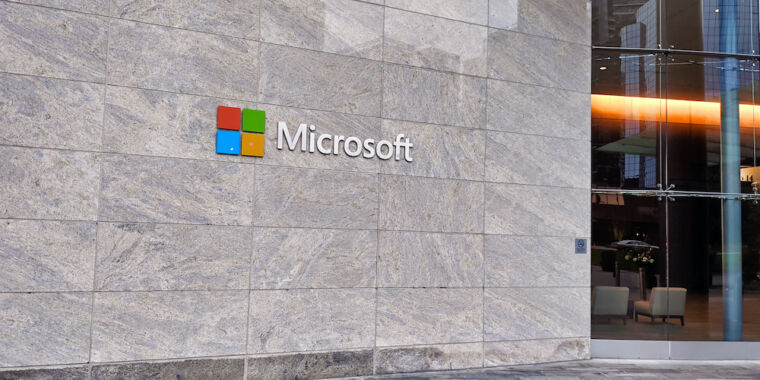It’s looking more and more likely that a critical zero-day vulnerability that went unfixed for more than a month in Microsoft Exchange was the cause of one of the UK’s biggest hacks ever—the breach of the country’s Electoral Commission, which exposed data for as many as 40 million residents. Some online sleuthing independently done by
TechCrunch reporter Zack Whittaker and
researcher Kevin Beaumont suggests that a pair of critical vulnerabilities in Microsoft Exchange Server, which large organizations use to manage email accounts, was the cause.
Tracked as CVE-2022-41080 and CVE-2022-41082, the remote code execution chain
came to light on September 30, 2022, after it had already been actively exploited for more than a month in attacks that installed malicious webshells on vulnerable servers. Microsoft issued guidance for mitigating the threat but didn’t
patch the vulnerabilities until November 8, six weeks after confirming the existence of the actively exploited zero-day vulnerability chain.
In the weeks following the discovery of the zero-days, Beaumont
reported that the mitigation measures Microsoft recommended could be bypassed. On Wednesday, he once again faulted Microsoft, first for providing faulty guidance and again for taking three months to release patches.

